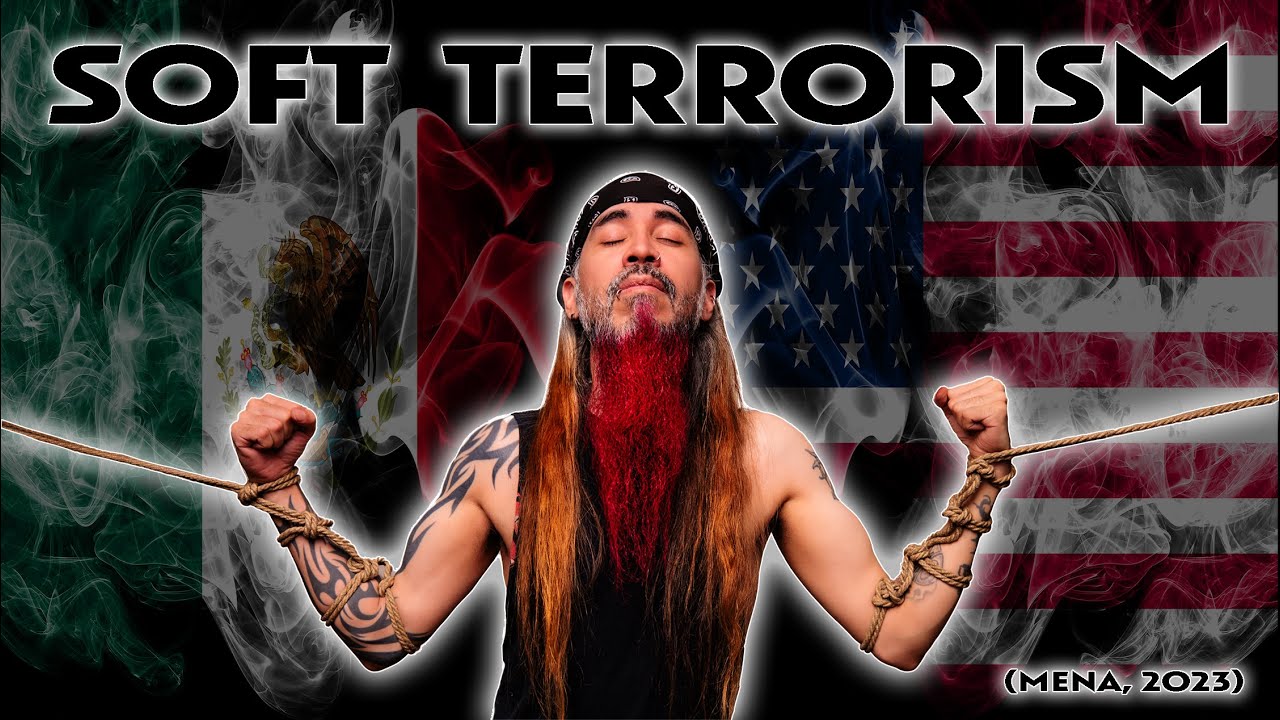Lecture: How to Tame a Wild Tongue - Gloria Anzaldúa
Summary
TLDRGloria Anzaldúa's 'Borderlands / La Frontera' explores the concept of 'mestizaje', a blend of cultures and identities, particularly among Chicanos in the U.S. The book delves into the significance of language in shaping identity, highlighting the eight versions of English and Spanish Anzaldúa speaks. It challenges the erasure of cultural and linguistic diversity, advocating for pride in one's unique linguistic heritage. Anzaldúa's work is a multidisciplinary reflection on the intersection of ethnicity, gender, and sexuality, emphasizing the importance of self-identity in the face of societal pressures.
Takeaways
- 🌏 'Borderlands / La Frontera' is not just a physical location but also a metaphor for the intersection of different spiritual, linguistic, and cultural ideologies.
- 📚 The concept of 'mestizaje' refers to the blending of European and indigenous cultures in the Americas, resulting in a new ethnic and cultural group.
- 🆕 Gloria Anzaldúa introduces 'The New Mestiza' as a modern interpretation of mestizaje, focusing on the Chicano identity that is distinct from both Mexican and mainstream American cultures.
- 🗣️ Language plays a crucial role in Anzaldúa's identity, and she recognizes and values the multiple versions of English and Spanish she speaks, including Chicano Spanish and working-class English.
- 🚫 Anzaldúa rejects the idea of standardizing language, arguing against the disparagement of non-standard versions of English and Spanish that are integral to her identity.
- 💬 She emphasizes the importance of linguistic diversity, stating that robbing people of their language is a form of violence equivalent to war.
- 🌱 The book 'Borderlands / La Frontera' is a multidisciplinary work, incorporating elements of autobiography, anthropology, cultural studies, critical race theory, and linguistics.
- 🔍 Anzaldúa's work reflects the unique situation of Chicanos, who do not fully identify with either Spanish or English as their dominant language, leading to the creation of their own language.
- 🤔 The essay discusses the discomfort Chicanos feel when speaking Spanish to other Latin Americans due to the historical suppression and negative perception of the Spanish language in the United States.
- 🏳️🌈 Anzaldúa's identity as a Chicana-dyke feminist-poet adds layers to her perspective on language, gender stereotypes, and the hetero-normative approach to language, advocating for a firm identity and pride in one's own language and culture.
- 🔗 The script highlights the interconnectedness of ethnic and linguistic identity, with Anzaldúa asserting that one's language is a core part of their self-worth and identity.
Q & A
What is the main theme of Gloria Anzaldúa's book 'Borderlands / La Frontera the New, Mestiza'?
-The main theme of the book is the exploration of the borderlands as a physical, spiritual, linguistic, and cultural space where different ideologies converge, sometimes resulting in a new type of identity and sometimes in conflict.
What does 'mestizaje' originally refer to and how is it connected to Anzaldúa's concept of 'The New Mestiza'?
-'Mestizaje' originally refers to the historical process of intermarriage between Spanish conquistadores and indigenous groups in the Americas, leading to a new ethnic and cultural group. Anzaldúa's 'The New Mestiza' modernizes this concept, applying it to the Chicano identity that blends Mexican and American cultures.
How does Anzaldúa view the relationship between language and identity in her work?
-Anzaldúa views language as a crucial part of identity, emphasizing the importance of preserving different versions of English and Spanish that she speaks, including Chicano Spanish and working-class English, as they are integral to her self-perception and upbringing.
What does Anzaldúa mean by 'robbing people of its language is less violent than war'?
-Anzaldúa suggests that the forced assimilation and suppression of a group's language can be as damaging and violent as war, as it attempts to erase cultural identity and history.
How does the concept of 'Spanglish' relate to the Chicano identity as described by Anzaldúa?
-Spanglish, a mix of Spanish and English, represents the unique linguistic identity of Chicanos, who do not fully identify with either standard Spanish or standard English, and thus create a language that reflects their cultural blend.
What does Anzaldúa argue about the uniqueness of Chicano identity compared to other Latino identities?
-Anzaldúa argues that Chicano identity is unique because it comes from a place where Spanish is not the dominant language, and English is the reigning language, leading Chicanos to create their own language that reflects their social situation.
How does Anzaldúa describe the historical treatment of the Spanish language in the United States?
-Anzaldúa describes a history of suppression and negative perception of the Spanish language in the United States, where it was considered un-American and associated with the working class, leading to practices like hitting children for speaking Spanish.
What is the significance of the essay 'How to Tame a Wild Tongue' in the context of Anzaldúa's work?
-The essay 'How to Tame a Wild Tongue' is significant as it encapsulates Anzaldúa's views on the importance of language in shaping identity and the resistance against the erasure of Chicano Spanish and English.
How does Anzaldúa's work reflect the intersection of multiple disciplines?
-Anzaldúa's work reflects an intersection of autobiography, anthropology, cultural studies, critical race theory, and linguistics, creating a multidisciplinary approach to understanding the complexities of identity and culture.
What does Anzaldúa's self-description as a 'Chicana-dyke feminist-poet' add to the understanding of her identity and work?
-Anzaldúa's self-description adds a layer of complexity to her identity, highlighting her challenge to gender stereotypes, heteronormative language use, and the dominant narrative that may not value her language, gender, or sexuality.
Outlines

此内容仅限付费用户访问。 请升级后访问。
立即升级Mindmap

此内容仅限付费用户访问。 请升级后访问。
立即升级Keywords

此内容仅限付费用户访问。 请升级后访问。
立即升级Highlights

此内容仅限付费用户访问。 请升级后访问。
立即升级Transcripts

此内容仅限付费用户访问。 请升级后访问。
立即升级浏览更多相关视频

SPH245 Lecture 4: The Borderlands

Cultural Imperialism, Media, and Globalization - Cultural Diversity and Identity

"Soft" Linguistic Terrorism: A Theory (Mena, 2023)

Integrasi Nasional (Strategi Mewujudkan Integrasi Nasional)

Akulturasi kebudayaan Hindu-Budha dengan Islam.

PENAKLUKAN OLEH BANGSA MONGOL, FENOMENA STOCKHOLM SYNDROME & KEKALAHAN MONGOL DINASTI YUAN DI JAWA
5.0 / 5 (0 votes)
